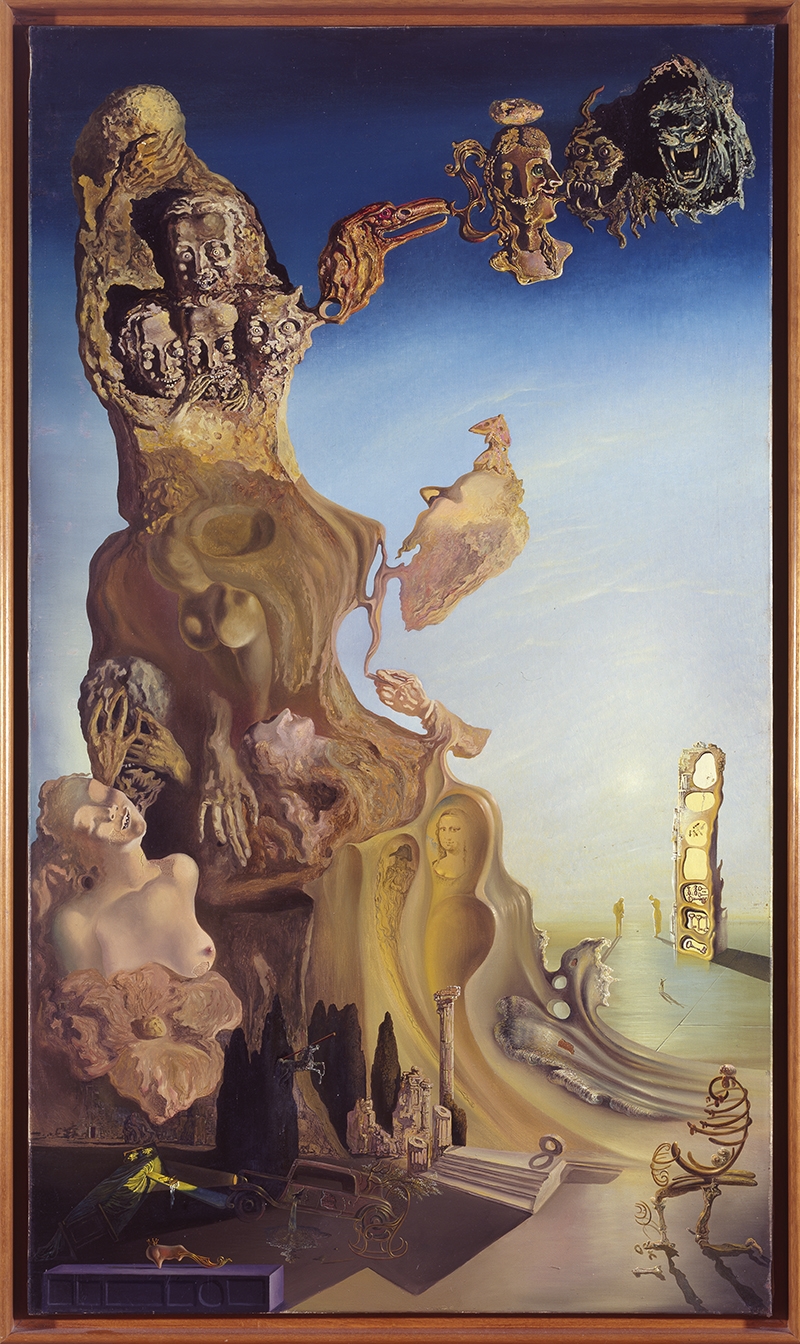

Eileen Agar also went on to describe Legge as ‘the legendary surrealist phantom who walked around Trafalgar Square’ (M.
SALVADOR DALI FEMME A LA FENETRE FULL
The performance left a strong impression on those in attendance and became a work in its own right which Claude Cahun immortalised Legge in full costume in a photograph. Though Dalí’s precise involvement in the performance is difficult to pin down, Legge’s performance echoes three of the works the artist produced in 1936 – Le r ê ve porte la main sur l ’é paule d ’ un homme, Femmes aux t ê tes de fleurs retrouvant sur la plage la d é pouille d ’ un piano à queue and Printemps n é crophilique. Coming close to suffocation from the helmet he was wearing, he almost became a phantom himself. Dalí gave his own performance at the exhibition, delivering a lecture on the subject of ‘phantoms’ whilst dressed with a diving suit.

This early example of performance art, titled The Phantom of Sex Appeal, became the cover of the International Surrealist bulletin. Most notably, she appeared in the artist’s collaboration with Sheila Legge in Trafalgar Square for The International Surrealist Exhibition held at the New Burlington Galleries in London in 1938. The flower-woman hybrid was a key leitmotif from Dalí’s Surrealist idiom of the 1930s, present in his visual and performative productions alike. Beside them, an old man, who seems entirely human as opposed to the female protagonists, sits naked with his back turned away from them, apparently oblivious to their presence. In a stark and surprising twist, the central woman’s head bursts into a bold bouquet of delicate flowers, transforming her into a surreal hybrid creature.

Reaching upwards, she caresses the forehead of another figure floating weightless above her who, with her refined features and porcelain skin, strongly resembles a piece of classical sculpture. At the heart of the composition stands a nude female character, her sinuous body captured in a network of delicate flowing lines which wrap around her form in wave-like ripples, that simultaneously delineate the muscles of her lithe form and evoke the bark of a willow tree. Offering a beguiling view of a pair of elegant hybridised female figures locked in an intense gaze, Femme à la tê te de rose, Buste de femme et vieillard nu is a striking example of Salvador Dalí’s refined draughtsmanship.


 0 kommentar(er)
0 kommentar(er)
